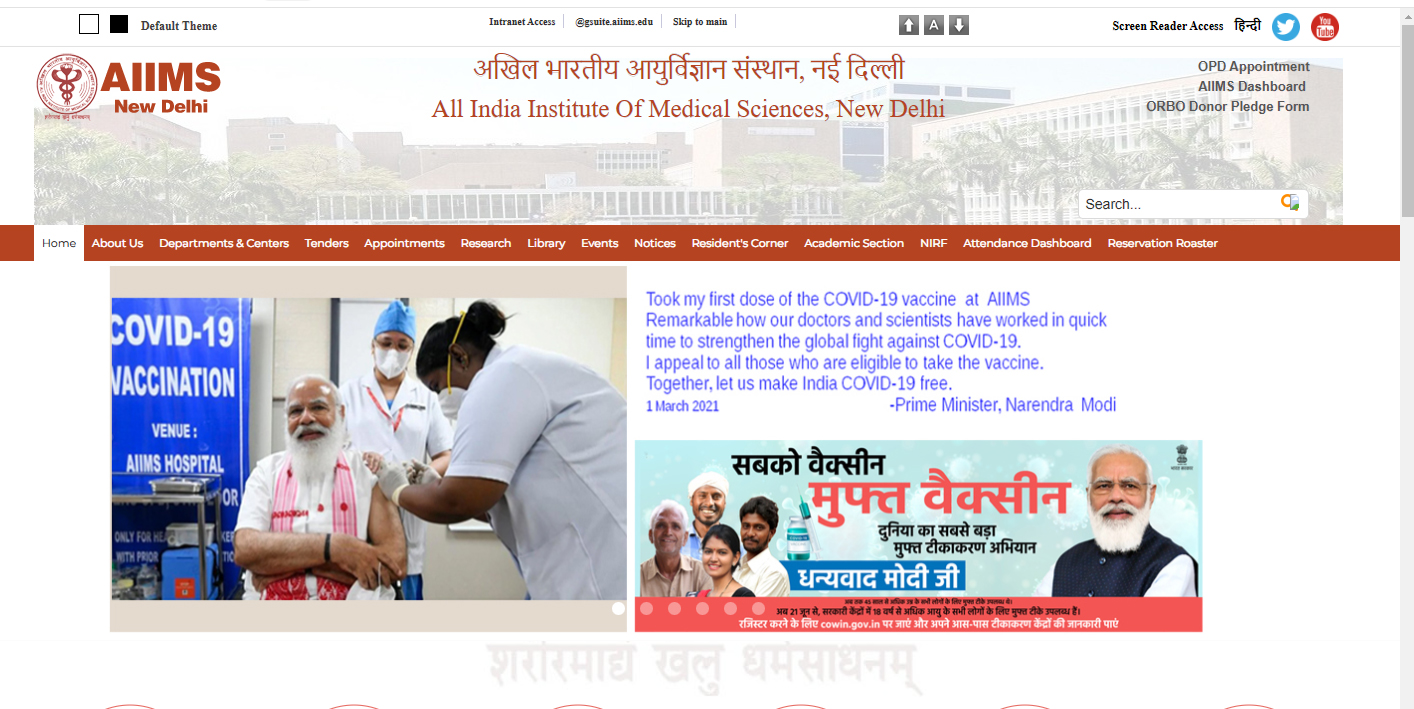All India Institute of Medical Sciences, New Delhi

Creating a country imbued with a scientific culture was Jawaharlal Nehru's dream, and immediately after independence he prepared a grand design to achieve it. Among the temples of modern India which he designed, was a centre of excellence in the medical sciences. Nehru's dream was that such a centre would set the pace for medical education and research in Southeast Asia , and in this he had the wholehearted support of his Health Minister, Rajkumari Amrit Kaur.
- Read more about All India Institute of Medical Sciences, New Delhi
- Log in to post comments
- 24 views
